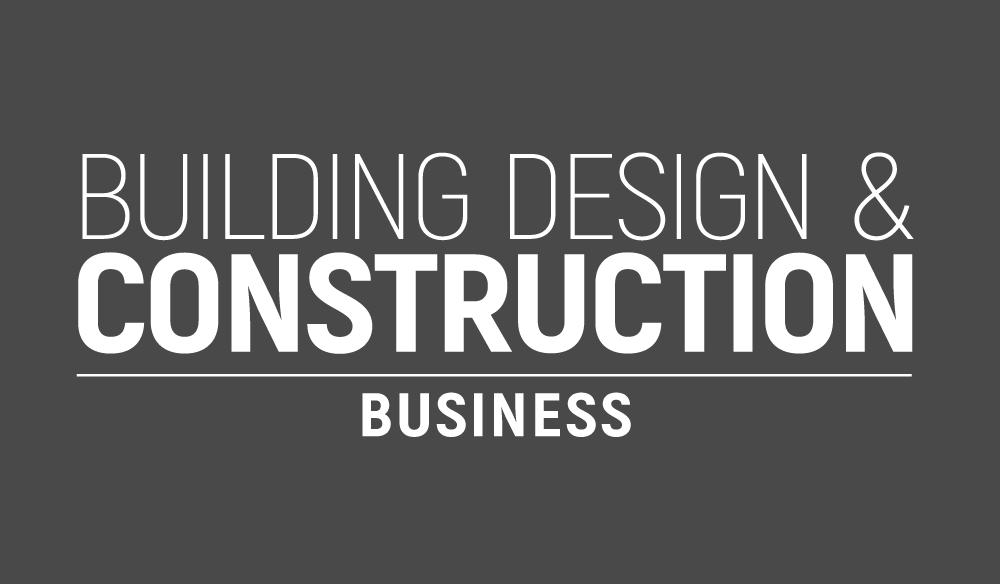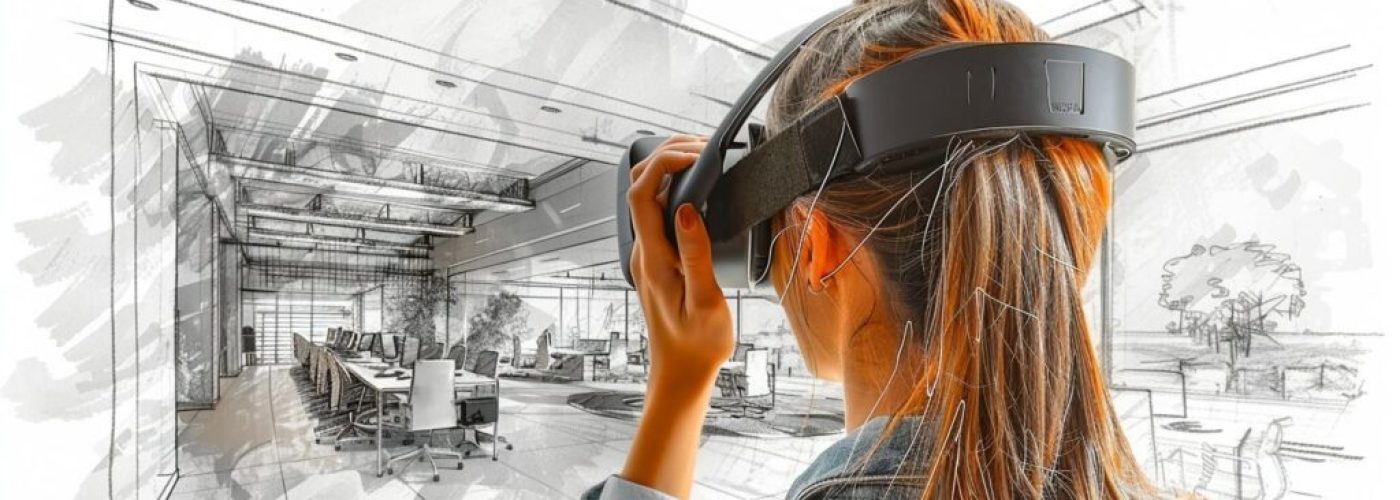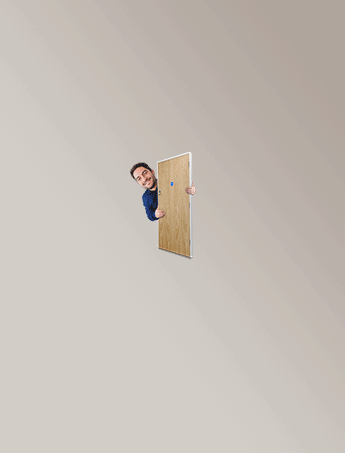Virtual Reality (VR) and Augmented Reality (AR) have transformed the way construction projects are planned, executed, and presented. By providing immersive, interactive experiences, these technologies allow professionals to visualise designs before construction begins, train teams in safe environments, and present projects to clients with clarity. Their adoption is reshaping workflows, improving communication, and enhancing both safety and efficiency on construction sites.
The Role of VR and AR in Design Visualisation
Design visualisation has always been a challenge in construction. Physical blueprints and 2D renderings often fail to communicate scale, layout, and flow effectively. VR and AR address these limitations by providing interactive experiences that reveal spatial relationships in three dimensions. With VR, architects and clients can walk through entire buildings before construction begins, testing design choices, materials, and layouts. This approach reduces errors that might otherwise result in costly modifications during construction.
AR enhances on-site decision-making by overlaying digital plans onto real-world environments. Site managers can verify that construction aligns with design specifications, detecting misalignments early. The combination of VR and AR encourages collaboration across teams. Clients, engineers, and contractors can engage with the same visual information, improving understanding and enabling faster approvals. These technologies also support risk assessment, as potential clashes in design or structure become apparent before physical work starts.
The interactivity of VR and AR shares similarities with online entertainment platforms like online casino sites. Particularly non GamStop casino sites UK, that offer a wide selection of games, each with variations and different return-to-player rates, designed to engage users through immersive experiences. In both construction and digital gaming, precision, attention to detail, and interactive engagement are essential, highlighting the value of technology that allows users to explore and interact with virtual environments.
Immersive On-Site Training with VR and AR
Training construction workers is often complex and hazardous. VR offers a controlled environment where teams can practice operating machinery, navigating scaffolding, or handling high-risk procedures without exposure to danger. Workers can repeat scenarios multiple times, gaining competence and confidence before entering live sites.
AR complements this by providing real-time guidance on site. Safety alerts, step-by-step instructions, and contextual information appear directly in workers’ fields of vision, reducing mistakes and improving compliance with safety protocols. Companies using immersive training report fewer accidents, quicker onboarding, and enhanced skill retention. Several industry case studies demonstrate measurable improvements: teams trained with VR/AR complete tasks faster and with fewer errors than those using conventional methods, making the technologies an investment in both safety and productivity.
Enhancing Client Presentations and Stakeholder Engagement
Traditional presentations often rely on static drawings or slides, leaving room for misinterpretation and confusion. VR and AR enable clients to explore projects virtually, walking through rooms, inspecting finishes, and visualising layouts before construction starts. Material selections, lighting, and furniture arrangements can all be tested digitally, providing a realistic sense of the final result.
Remote collaboration also benefits from immersive technologies. Teams and clients can join virtual meetings, provide real-time feedback, and make adjustments instantly. This transparency accelerates decision-making, reduces revisions, and strengthens client confidence. The clarity offered by VR and AR ensures that stakeholders share a common understanding of project objectives, fostering smoother project delivery and higher satisfaction rates.
Challenges and Considerations
While the benefits are clear, adopting VR and AR requires careful planning. Initial investments in hardware, software, and training can be significant, particularly for smaller construction firms. Teams must learn to operate these tools effectively to avoid wasted resources. Technical limitations, such as internet dependency and evolving software capabilities, may also affect adoption.
Successful implementation involves gradual integration into workflows. Starting with pilot projects or selective applications allows teams to develop expertise and evaluate impact before scaling. Ongoing updates and maintenance are essential, as the technologies continue to improve and expand their applications across construction operations.
Future Outlook
The use of VR and AR in construction is expected to grow rapidly. Emerging developments such as digital twins, AI-assisted modelling, and advanced simulation tools promise even more precise and interactive project management. Remote collaboration capabilities are likely to expand, allowing global teams to engage with projects in ways previously impossible.
Construction businesses that adopt these tools can deliver projects more efficiently, enhance safety outcomes, and provide clients with a more transparent and engaging experience. As the technologies become more accessible and cost-effective, they are poised to become standard practice, supporting innovation while maintaining practical value.





